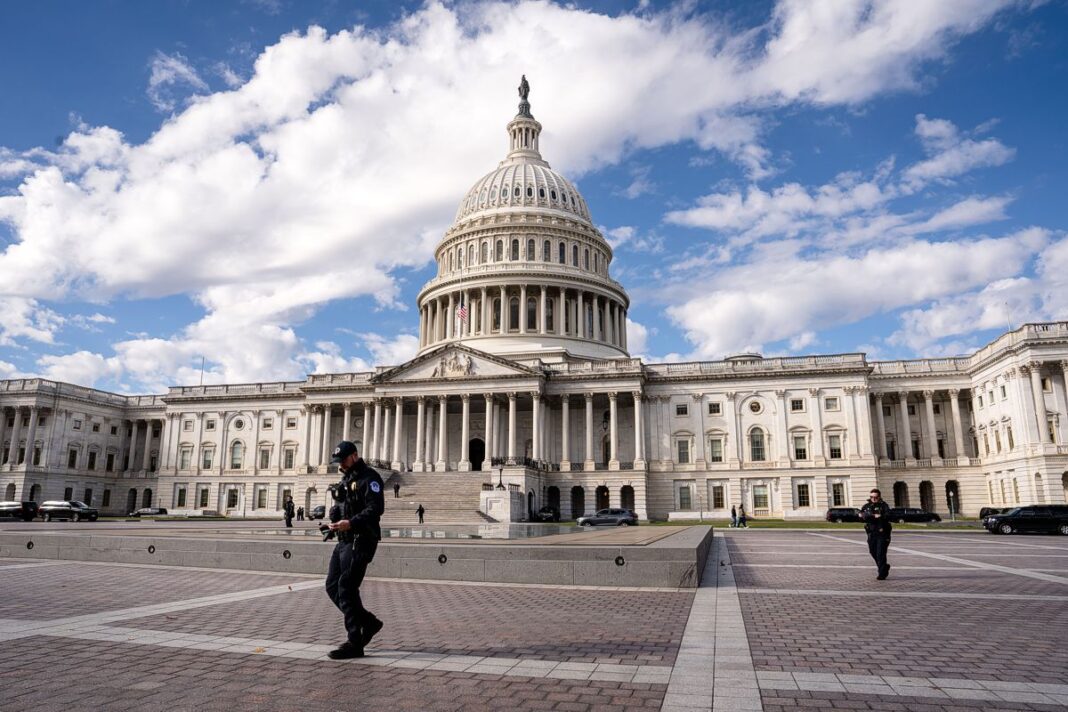Federal workers get back pay, food aid resumes, and flights stabilize—but some fallout could take weeks to mend or never fully recover.
After 40 days of political gridlock, lawmakers in the U.S. Senate have reached a deal to reopen the federal government, clearing the way for the longest shutdown in U.S. history to end, while setting in motion a complex process to restart suspended programs, pay furloughed workers, and repair economic damage.
The Senate voted 60–40 on Nov. 10 to advance a temporary funding measure that consists of a “clean” stopgap bill that finances most federal agencies through Jan. 30, giving appropriators time to come up with long-term bills to fund the government through the entire fiscal year 2026, which runs through the end of September.
The agreement also includes three full-year appropriations bills wrapped into one “minibus,” which covers the Department of Agriculture, Department of Veterans Affairs, military construction, the Food and Drug Administration, and the legislative branch.
The House is expected to pass the legislation this week, with President Donald Trump indicating he will sign it.
“We’re going to be opening up our country,” Trump told reporters in the Oval Office on Nov. 10. “It’s too bad it was slow, but we’ll be opening up our country very quickly.”
Federal Workforce Returns
Roughly 1.25 million federal employees have missed paychecks since Oct. 1, the day the shutdown began. Once Trump signs the bill into law, agencies will recall furloughed staff as soon as practicable and begin issuing back pay for the entire shutdown period, as required under the Government Employee Fair Treatment Act of 2019.
That law guarantees retroactive pay to both furloughed and “excepted” workers who stayed on the job without pay. The Senate-approved measure also reverses layoffs ordered via reduction-in-force (RIF) notices issued during the shutdown and pauses new ones through the funding window, stabilizing federal employment rolls after weeks of uncertainty.
Federal contractors, however, are not covered. While contract work can resume immediately, contract employees will not receive compensation for missed work—making the shutdown’s financial toll permanent for thousands.
Under the Government Employee Fair Treatment Act, agencies must issue back pay “at the earliest date possible” after funding is restored, regardless of scheduled pay dates. That means workers will be paid as soon as agency payroll systems can process the payments, rather than waiting for the next regular pay cycle.
By Tom Ozimek








